Encounter Bolivian Lake Titicaca
Authentic South American Experiences For Your Clients Request A Quote
This deep and mysterious body of water straddles the border between Bolivia and Peru, and there are countless unique settlements and villages to be explored on either side.
Lake Titicaca is undoubtedly one of the most captivating destinations in South America. A mix of rich indigenous cultures, both historic and contemporary, this tranquil yet vast body of water is the highest navigable lake in the world. It has enchanted travelers and locals alike for centuries. To set sail upon the lake’s tranquil waters is to experience absolute serenity as you glide over the surface of unknown depths on a sea of blue in which reflects the cloudless azure sky above.
This deep and mysterious body of water straddles the border between Bolivia and Peru, and there are countless unique settlements and villages to be explored on either side. At an incredible 3,800m, Lake Titicaca is known for its beauty, isolation, unusual floating islands, and local traditions. Titicaca is the largest lake in South America, and dwellers have inhabited its surroundings and islands before the Inca. One of the earth’s 20 ancient lakes, Lake Titicaca is situated in the Andean altiplano or high plain, and in local Andean culture, it is the birthplace of the sun. Pre-Inca Pukara, Tiwanaku, and Collas cultures are all part of Lake Titicaca’s legacy, and you can visit some small Inca ruins that are lesser-known to tourists.
Most trips to Lake Titicaca will begin in the town of Copacabana, located on the Bolivian shore of the lake. This buzzing little town has plenty of places to eat, sleep and drink, and is surprisingly lively for somewhere so remote. It is probably best to find some time to take it easy and soak up the sun on the lake’s shores while sipping on a cocktail from one of the local bars.
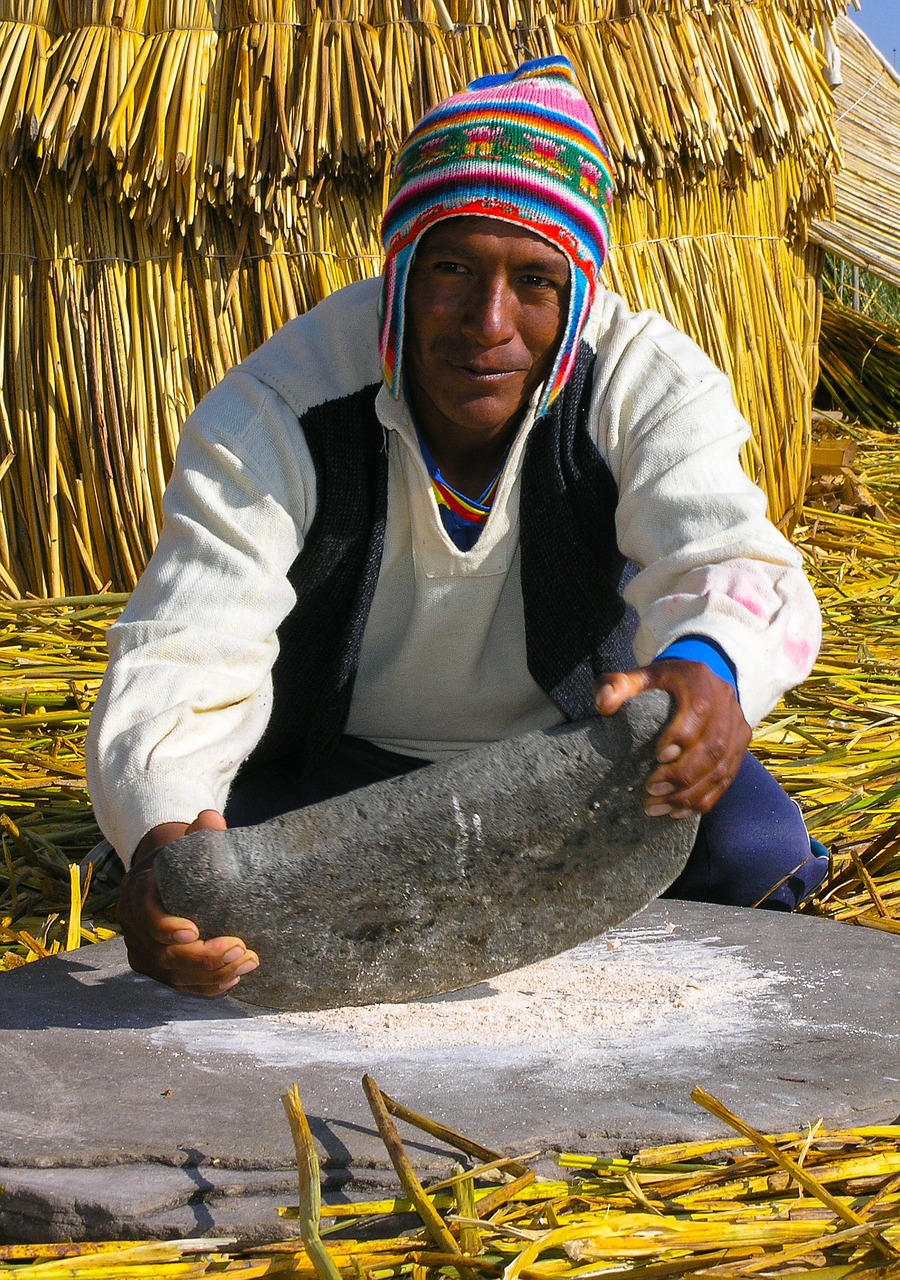
Bolivia’s side: Isla del Sol & Tiawanaku
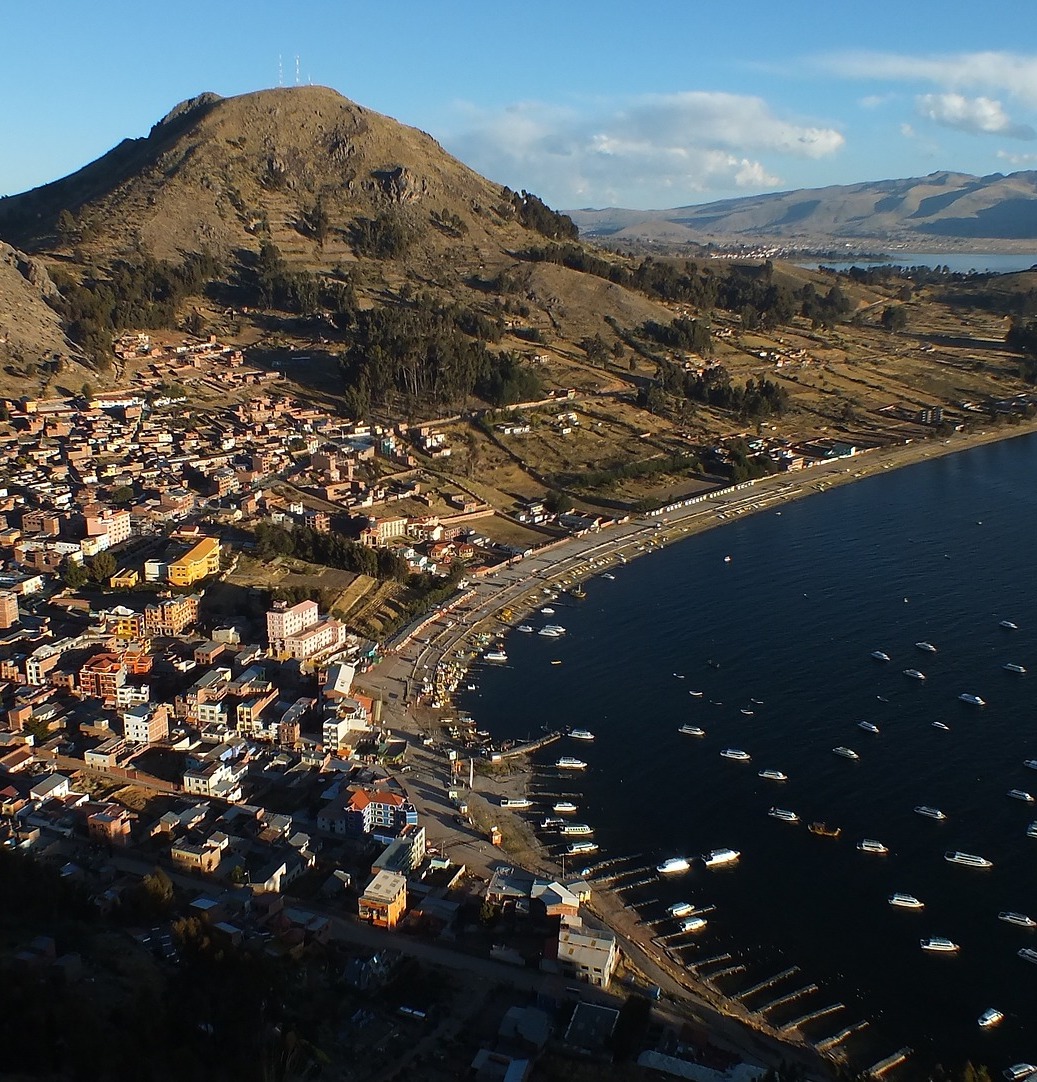
From Copacabana, take a boat across the lake to the famous Isla del Sol, a must-visit stop on your journey to this Andean lake. The island is unlike anywhere you have been before, with sporadic huts, villas, and hostels dotted around the hills that are grazed by sheep and other native animals. Try the local trucha or trout caught in the lake, and explore the island at a leisurely pace, as the altitude won’t let you go too fast.
The island’s population is a mix of indigenous peoples and settled foreigners; they live between the island’s main enclaves of Cha’llapampa in the northern end, Cha’lla on the central east coast, and Yumani situated on the ridge above Escalera del Inca in the south. Yumani is the island’s biggest town and the only one that tourists can visit due to ongoing tensions between the communities.
If planning to spend more than a day or two in the area, head over to the Peruvian side to see the Floating Islands, a collection of small man-made islands constructed by the native Uros people who believed in having first come from the Amazon. The islands are made by layering on top of one another, beds of the thick and buoyant totora reeds grown locally in abundance on the lake’s shores. The islands are maintained by laying new layers over the older reeds, golden in color; they make for a stunning sight in the middle of the lake or closer to the shores. Spend a night on the islands with one of the local families for the true Lake Titicaca experience.
build your clients trip with our experts


WHAT NOT TO MISS AT BOLIVIA’S TITICACA
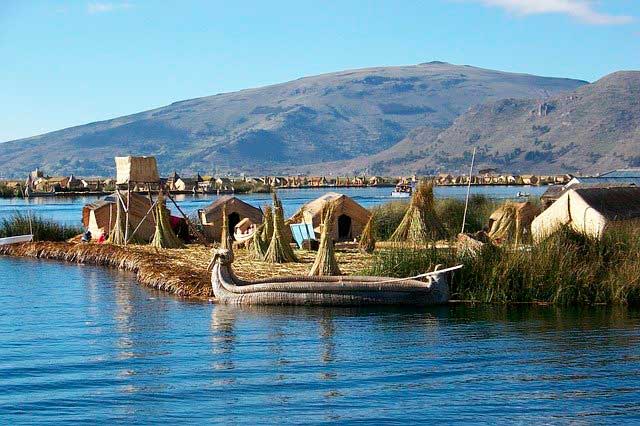
Sun Island – Isla del Sol
A 2-hour boat trip from the town of Copacabana, Isla del Sol is a beautiful place teeming with archaeological marvels. Over 80 ruins sprawled across the rugged 70 sq km island – remnants of the Inca civilization that lived there in the 15th century AD – and approximately 800 indigenous families who live in small villages dispersed throughout the island. Boats to the island usually leave around 8.30 am and 1.30 pm

Isla de la Luna (Moon)
A few kilometers from Sun Island is the much more secluded Isla de la Luna. As the myth is told, this is where the Inca god Viracocha first commanded the moon to rise. Once on the stone-studded shores, keep your eyes open for the ruins of the Inca palace of the Virgenes del Sol as you tour the island. Here, the Inca Empire’s chosen women trained to weave alpaca garments and perform ceremonies to the sun.

Tiawanaku

Lake Titicaca
The world’s highest navigable lake, considered the most sacred body of water in Inca folklore, and serves as the natural boundary between Peru and Bolivia. Peru’s side of the lake hosts the tiny Floating Islands of Uros, built by local craftsmanship for centuries, while the local Aymara Indians live on the natural island of Taquile and handcraft textiles for passersby. While crossing over to Bolivia, many do so with a stopover (day/overnight) on Bolivia’s Isla del Sol.

Homestay on an island
We highly recommend spending a night on one of Lake Titicaca’s islands with a local family, this experience is like no other, but do keep in mind accommodations are extremely basic. You’ll have the chance to eat traditional dishes and have a unique “day in the life” with an indigenous family and their cultural surroundings, as they go about their daily life and traditions. It’s always nice to bring gifts to the locals (school utensils, soccer balls, etc.), regardless whether home stay or not.
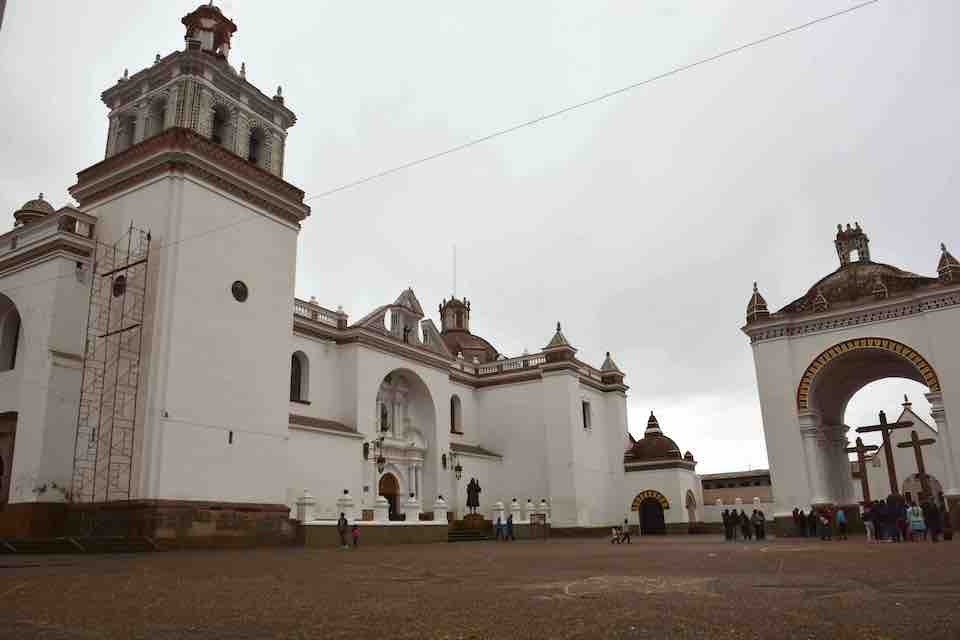
Cathedral of Copacabana
The Moorish-style Cathedral of Copacabana is a stunning sight to visit. Dominating the town’s central plaza, a wide stone square is surrounded on the outside by enormous white pillars and lovely domes decorated with tiny blue and rust-red tiles. You can see a beautifully carved, gold-covered altar on the inside and its walls adorned with 200-year-old religious paintings.
destination map

| Title | Address | Description |
|---|---|---|
La Paz | La Paz, Bolivia | Is the highest capital of the word, situated at just over 3,600m (2Mi). In La Paz the new customs of the Western world collide and coexist with the old customs of the Aymara and the Quechua. Hi-tech international banks and government offices rub shoulders with vibrant street markets that still play a central role in the lives of the indigenous. Read more… |
Lake Titicaca & Sun Island | Isla del Sol, Bolivia | The sacred and mystic Lake of the Inca is the highest navigable surface in the world. This magic territory harbors in its breast the archaeological complex of the oldest civilization on the continent. Venture to the visionary Island of Sun to admire the spectacular scenery and ancient Incan ruins.Read more… |
Uyuni Salt Flats | Uyuni, Bolivia | The brightest spot on earth visible from space, this white salt desert hosts many natural wonders: fascinating colored lagoons, exotic rock formations, a diversity of animals, intact natural environment, volcanic craters and fumaroles blowing steam reaching up to 100 meters in height… Prepare to be amazed! Read more… |
Santa Cruz | Santa Cruz de la Sierra, Bolivia | Santa Cruz is hugely popular as a place to visit or live because of its tropical desert climate created by its low-lying location and sunny skies year-round. This developed city is a fascinating mix of old and new, with high rise buildings that define the skyline juxtaposed with colonial churches and administrative buildings at the street level. Read more… |
Andes – Sucre & Potosi | Sucre, Bolivia | “The White City” of Sucre has been immaculately preserved and oozes colonial charm with red-tiled roofs, baroque churches, and leafy plazas. Potosi embodies the rise and fall of Bolivia’s industrial history. Once a thriving mining town, it is now a fascinating example of colonial decline peppered with church lined cobbled streets. Read more… |
Bolivian Amazon | Pampas, Bolivia | Two areas to visit in the Bolivian Amazon: The Pampas & Jungle. The pampas may not be seem like a typical “Amazon experience”, a wetland savannah bordering the Amazon basin. In the Amazon jungle, hosts a number of activities like jungle treks, piranha fishing, cultural encounters with communities, and botanical medicines.Read more… |
Depending on your client’s preferences, we can help you determine the best experiences tailored for your clients. From where to visit, when to go, what to do and how to get there safely, our travel experts will help you create an experience your clients will love.

Best times to
visit Lake Titicaca
Due to Lake Titicaca’s high altitude, the weather is generally clear and sunny during the day but very cold at night, typical of the altiplano. The best time to visit is between February and November when the rainfall is minimal (especially in the high summer months of December and January). The nights are not as cold as at other times of the year. If you’re planning to explore more of Lake Titicaca, it is best to go either in November or in February; the weather is mildest during these months. Copacabana host three significant festivals throughout the year, the biggest ones being the Day of Independence in the first week of August and the Fiesta de la Virgen de Copacabana at the beginning of February.
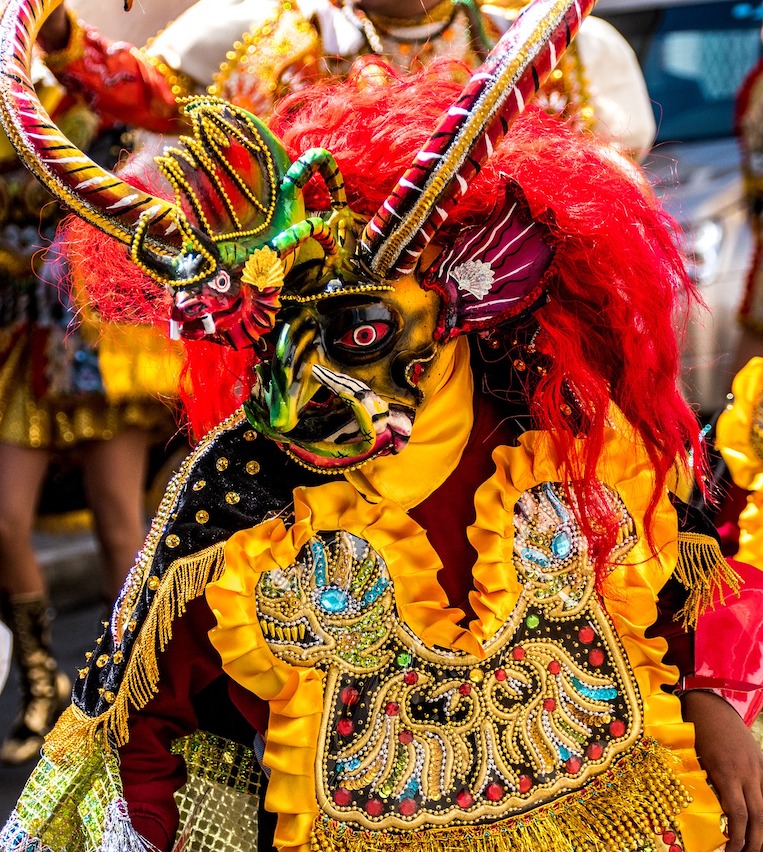
practical information
HOW TO GET THERE
Unlike the Peruvian side of the lake, the Bolivian side does not have an airport, and so is accessed by bus. Buses arrive from La Paz regularly and take about four hours, but only arrive during the day as there is a lake crossing involved at one section and this cannot be undertaken at night. Ferries operate from Copacabana to the Isla del Sol and take about two hours. When you get to the island, take your time moving around, as the altitude can prove challenging for some people and can make them breathless quickly. The only way to get around the island is on foot.
GETTING AROUND
Copacabana is small and getting around walking is easy. if you don’t feel like walking there are taxi’s and tuk tuk’s. if you want to get to any of the islands, there are fixed departures when boats leave to the islands, you can pay for a round trip and the boat returns in the afternoon. if you are staying on one of the islands, transports is usually included and takes you right up to the lodge
WHERE TO STAY
Copacabana rooms differ, but there are B&Bs and mid-range hotels that have comfortable accommodation. This is not the case on Isla del Sol, where many of the lodgings are simple and rustic, but for those who have money to spare, there are some luxurious guest houses with incredible views of the lake.
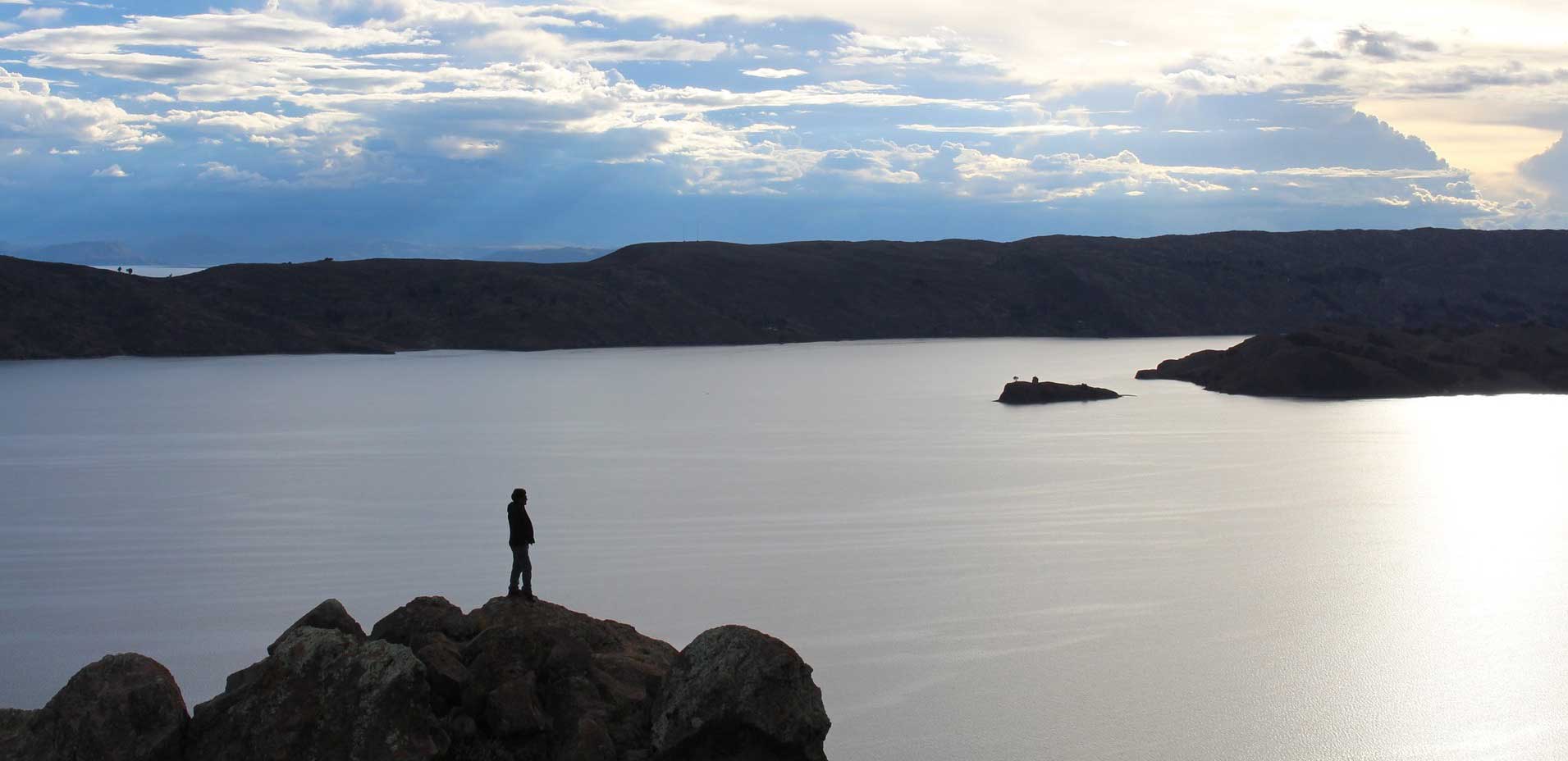
More highlights of Bolivia
With eight local offices in Latin America, we have the perfect base to help you build the perfect trip for your clients. Unrivaled experience with a wide selection of bed & breakfasts, small posadas, unique boutique hotels and world class luxurious lodging.
